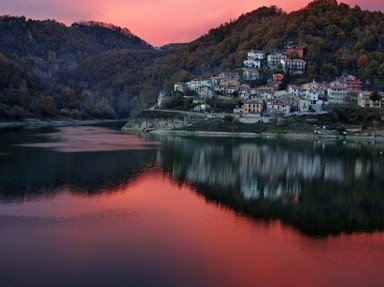
Waving Goodbye to My Colonial Masters Quiz
Former British Colonies Finding Their Own Identity
Canada, Australia and New Zealand were once far-flung outposts of the British Empire and adopted British customs initially. In time they developed their own unique cultural traditions. Here are just a few aspects unique to each of these countries.
A classification quiz
by 1nn1.
Estimated time: 3 mins.